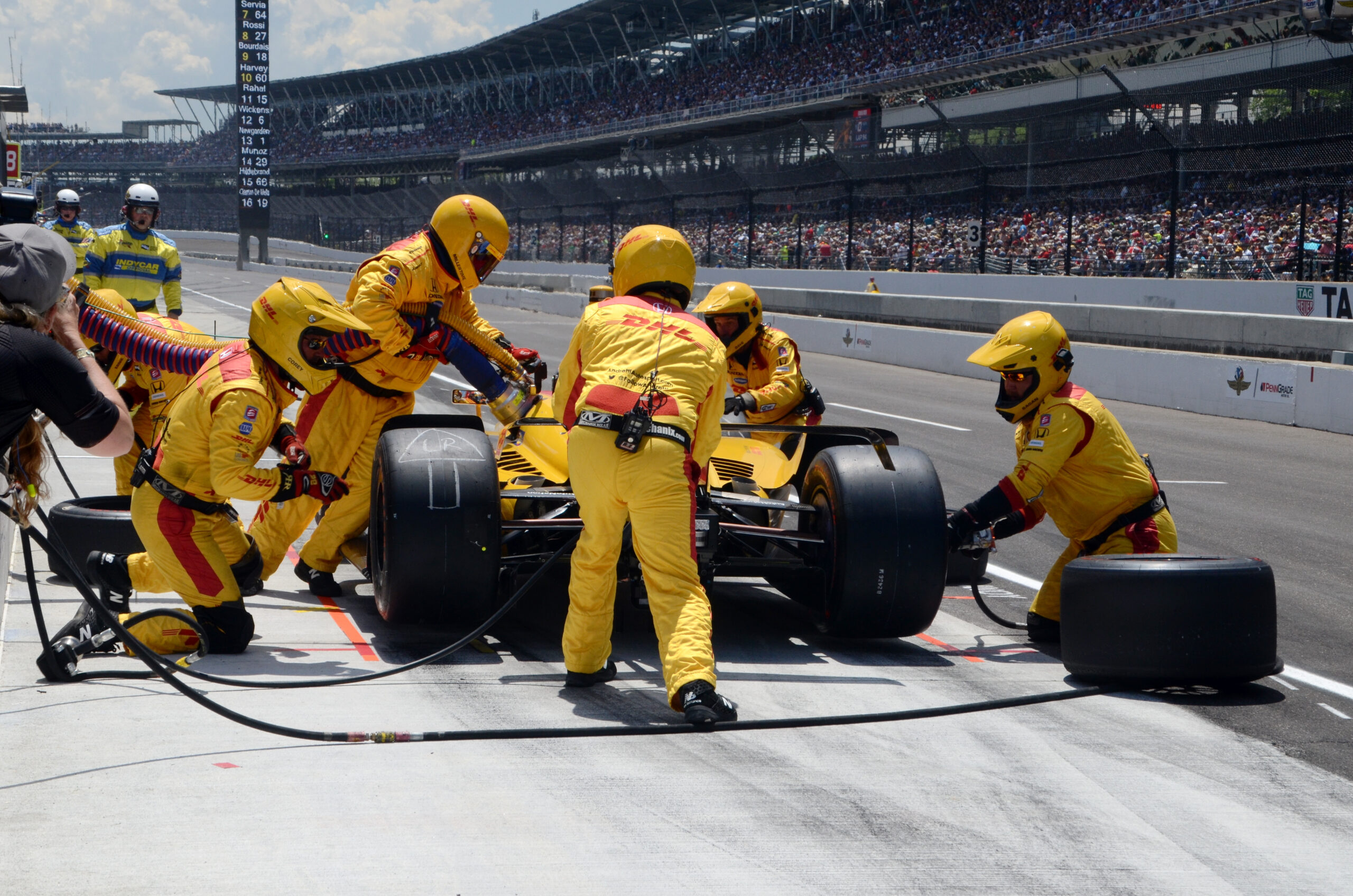
5 Tips for Leading Your Team Through a Crisis
August 10, 2022
“How can I create better accountability within my team?”
November 6, 2022“How can I get my team to work together?”

One of the most frequently asked questions I hear from companies regarding effective leadership and management is, “How can I get my team to work well together?” In other words, how can you get all of your team members efficiently rowing in the same direction?
It’s a great question, because if you don’t, you’ll end up rowing in circles while others pass you by. It’s also a leadership question, because leadership is the art of influencing a group of people to work together toward a common goal.
To get your team working together more effectively, begin by asking yourself three questions:
- Have I set a clear vision?
- Does everyone on the team understand their role?
- Have I established behavioral expectations to create a team-oriented atmosphere?
Set a clear vision
One of the most effective ways to set a clear vision is to develop a “Leader’s Intent” that you can share with your team. Leader’s Intent is simply high-level guidance that sets directional vision by clearly and succinctly describing your mission, vision, and goals. Start by answering the following questions:
- Mission: “What do we need to accomplish, and why?
- Vision: “What does success look like?”
- Goals: “What are our main objectives over the next year?”
For more depth on how to develop your own Leader’s Intent, check out my blog, “What’s Your Leader’s Intent?”
Ensure everyone understands their role
Once everyone is on the same page regarding the direction you’re heading, make sure each member of your team clearly understands their role in helping the team get there. One way to do this is to develop written role descriptions. If you don’t already have them, ask each member of your team to develop a bulletized description of their role that you can align on together. Then look at the role descriptions holistically to ensure your team is optimized for your vision. If you see any functional gaps or overlaps, you may need to make some adjustments.
Create a team-oriented atmosphere
Finally, with a clear direction and clear roles, think about some “operating principles” (behavioral expectations) that could help your team members work together better in a team-oriented atmosphere. When developing these principles, consider your core values and the unique personalities and working styles of the people on your team. A few examples of operating principles I’ve recently seen successful teams adopt are:
- Always assume positive intentions
- Treat everyone with courtesy and respect
- Collaborate and debate with an open mind
- Put personal agendas aside and act in the best interests of the team
As you work to create a team-oriented atmosphere, it may help to review your operating principles at the beginning of team meetings and have a weekly debrief to discuss how well your team is adhering to them. You might also consider including them in your Leader’s Intent.
In summary, getting your team to work together is central to the art of leadership. To get everyone rowing in the same direction, set a clear vision, ensure everyone understands their role, and create a team-oriented atmosphere. If you execute these basics well, you’ll have a team that’s hard to beat. Happy rowing!
